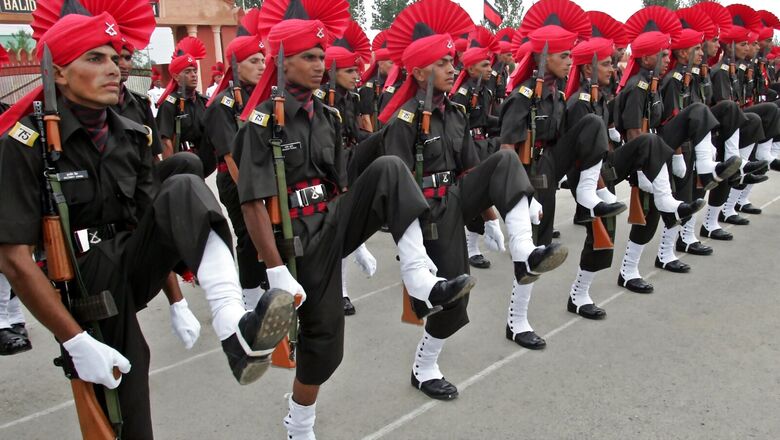
views
The Indian Army is all set for its first batch of women Agniveers who will get training from March this year.
Army officials aware of the developments said the first batch will have 100 candidates who will be sent to a training centre for a pre-structured training module. The sources added that the training module is divided into three layers and each layer will have weeks-long dedicated focus areas to enhance personality and inculcate discipline.
The module is the same for all batches and various required infrastructure, stimulators, and weapons have been put in place at all training centres. The Army has also roped in specialists in sports medicine and physiotherapy to deal with any kind of injuries during the session.
The force has conducted 96 recruitment rallies across the length and breadth of the country to select 40,000 Agniveers. Over 19,000 Agniveers in the first batch commenced training on January 1 this year and the second batch of over 21,000 recruits will follow on March 1. Subsequent batches will be inducted in the months of May and November every year.
Agnipath: Layers of training
An Army official, while talking about the division of layers of training, said apart from the training imparted in the centres that forms the first layer of inculcating discipline, the second layer is the unit to which the Agniveer will be enrolled for his four years of employment. The tasks, training calendar and operational duties will enforce a sense of loyalty and duty to the organisation and the country.
“The third layer will comprise interactions with peers, senior NCOs/ JCOs and officers which will add to the Agniveer’s personality and enable him to experience the Army as a ‘way of life’. All these layers will ensure that adequate discipline and ethos is imparted to the Agniveer in his four years of employment,” the official added.
Methodology and infrastructure
The official said the training methodology and infrastructure have been appropriately adapted to meet the dual requirements of future-ready soldiers and the short duration of Agniveer’s term of engagement.
“The training duration for Basic and Advanced Military Training has been optimised to a standard 24-31 weeks. A large number of simulators for training on varied weapons and equipment are under establishment. Infrastructure creation and staffing of specialists in sports medicine and physiotherapy are being carried out as a pre-emptive measure for likely stress injuries at all training centres,” he said.
The Agniveers will further undergo seven weeks of On-the-Job Training (OJT) at the unit after their training at the centre.
FRASS for Agniveers
“With the induction of Agniveer recruits, the training duration at the Regimental Centres has been reduced to 31 weeks and there is an inescapable need to optimise all the training time available,” the Defence Ministry has said as per an official communication.
It further said that to effectively hone the small arms firing skills of Agniveers in the restricted time available, there is an operational requirement of equipment which can automate the process of recording the score during small arms firing and assist in timely analysis and drawing of lessons for each firer.
In the existing weapons training methodology at the firing range, a large strength is required in addition to the firing detail for various safety, inspections and validation tasks.
Tactical Engagement Simulator for Agniveers
The Defence Ministry has sought bids to buy Tactical Engagement Simulators (TES). Each system will consist of an individual soldier kit to include an individual display unit, body harness, helmet harness, laser projector, GPS and radio trans receiver, sensor unit to include a small alignment unit, umpire gun, exercise control, battery charging mechanism and base antenna.
A tactical engagement simulator facilitates tactical training of participants in all types of terrains ranging from team and sub-unit to higher echelons of an infantry formation.
TES can effectively hone and monitor field craft and battle craft skills in restricted time and can calculate the effect of simulated firing on each and every trainee involved in various training exercises, monitor their movement and also suggest improvement in the drill sets.
Read all the Latest India News here












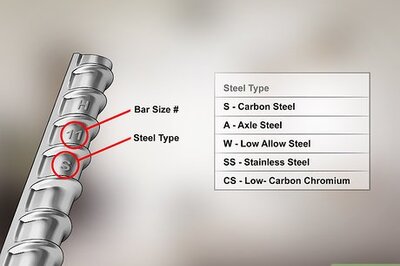
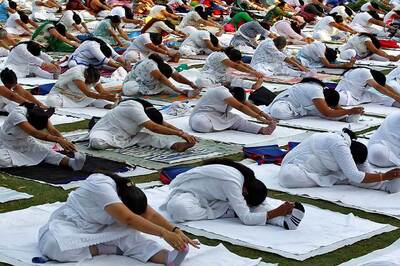
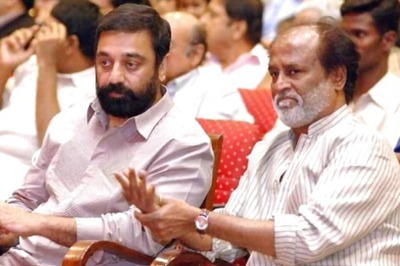
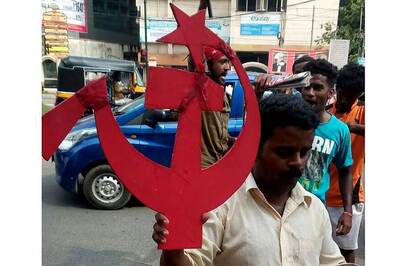




Comments
0 comment